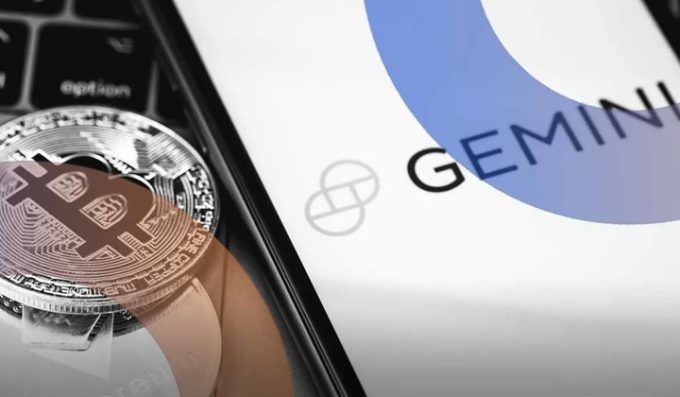zkBridge: Connecting NFTs Across Chains
By Ruchi Sharma
The blockchain world is rapidly developing, as is the number of blockchain networks and ecosystems. However, the absence of interoperability between these networks presents a substantial obstacle to users who want to take advantage of the distinct characteristics of multiple blockchain ecosystems.
One solution is to deploy cross-chain bridges, which allow users to transfer digital assets between multiple blockchain networks. In this post, we will look at how zkBridge is used to connect Non-Fungible Tokens (NFTs) across chains, allowing for the safe and efficient movement of unique digital assets between blockchain ecosystems.
If you’re wondering what zkBridge is then let’s discuss it first before exploring functions of zkBridge.
- zkBridge is a cutting-edge technology that enables secure and efficient cross-chain communication across various blockchain networks.
- It implements zero-knowledge proofs (ZKP) technology to ensure the secrecy and security of such transactions.
- Users can confidently and conveniently transfer their assets across multiple chains with zkBridge without compromising their privacy or security.
- This ground-breaking technology paves the door for greater interconnectedness and interoperability in a decentralized environment.
zkBridge and cross-chain NFT transfer
zkBridge is a cross-chain bridge protocol that uses zero-knowledge proof (ZKP) technology to allow for the safe and efficient movement of digital assets between blockchain networks. Users can utilize zkBridge to move various forms of digital assets, including NFTs, between chains, taking advantage of the unique features and benefits afforded by diverse blockchain ecosystems.
The zkBridge protocol’s cross-chain NFT transfer capability is critical, allowing users to move their unique digital assets across different blockchain networks. A combination of the following components enables this functionality:
ZKP technology:
zkBridge uses ZKP technology to allow a prover to efficiently persuade the receiver chain that a specific state transition occurred on the sender chain. This procedure ensures that NFTs are sent securely and efficiently between chains.
SendAPI and receiveAPI interfaces:
To initiate and receive cross-chain NFT transfers, the SendAPI and ReceiveAPI interfaces are needed. These interfaces allow users to connect with the zkBridge protocol and transfer NFTs between blockchain networks.
Block header relay network:
The block header relay network gets block headers from the sender chain, generates proofs of the block headers’ validity, and transfers the headers and proofs to the updater contract (which is set up on the recipient chain).
Updater contract:
The updater contract operates in a light-client mode. Once the relevant proofs are verified, it automatically adds block headers to the sender chain and changes the sender chain’s current main chain.
By leveraging these components, zkBridge provides a secure and efficient way to transfer NFTs across different blockchain networks.
Cross-chain NFT transfer process
To transfer NFTs across chains using zkBridge, users can follow the following steps:
Prepare NFT transfer details:
Gather the essential information for the NFT transfer on the sender chain, including the NFT’s token address, token chain, token ID, recipient’s address, and destination chain.
Send NFT transfer details using zkBridge entrypoint:
To begin the NFT transfer, use the zkBridge entrypoint interface. Using the abi.encode method, package the NFT transfer details into a bespoke payload. Then, invoke the transmit function, passing the payload as an argument.
Generate and verify zkProof:
The block header relay network generates a zkProof for the sender chain’s block header, which is subsequently validated by the receiving chain’s updater contract. This technique ensures the cross-chain NFT transfer’s integrity and security.
Receive and process NFT transfer using zkBridge receiver API:
Use the zkBridge receiver interface on the destination chain to receive and handle the NFT transfer. As inputs, pass the source chain ID, source block hash, and zkProof to the zkReceive function. The decoded payload is returned by the function, allowing you to process the NFT transfer.
Complete the NFT transfer:
Perform any necessary actions to finalize the planned transaction, such as transferring or minting, using the NFT transfer details retrieved from the decoded payload.
zkBridge uses zero-knowledge proof techniques to provide a dependable and efficient solution for cross-chain NFT transfers. This functionality allows users to seamlessly transfer their unique digital assets across other blockchain networks, opening new options and connections within the decentralized ecosystem.
With the growing demand for cross-chain functionality in the blockchain ecosystem, zkBridge’s novel approach to NFT transfers distinguishes it as a possible option. As technology advances, we may expect greater developments in blockchain network interoperability, resulting in a more connected and accessible ecosystem for all.
You need to login in order to Like














